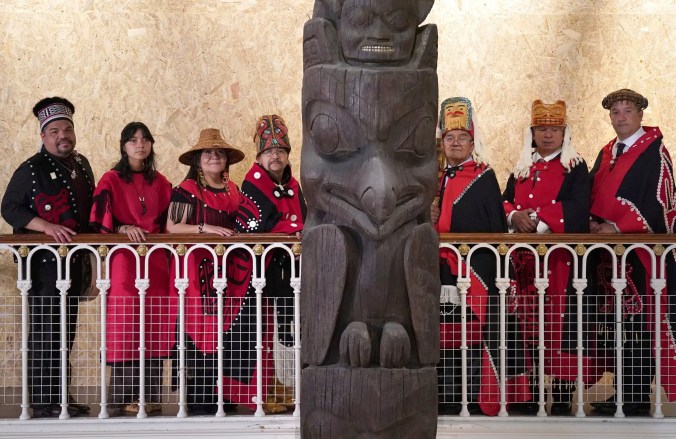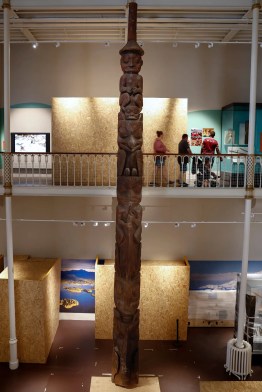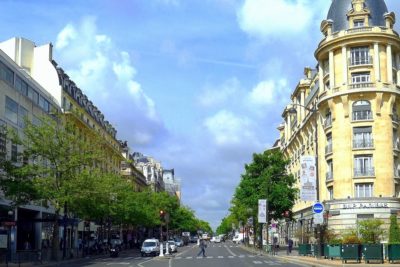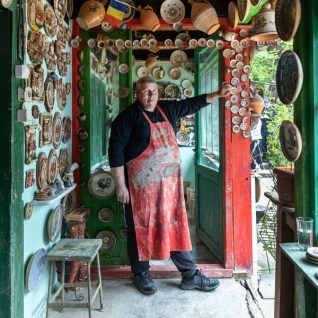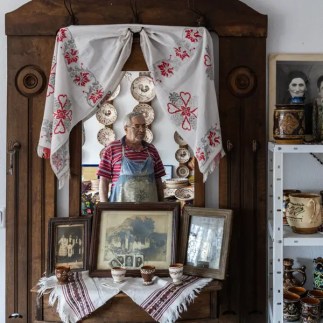
Illustration by Owen D. Pomery
Pagan Kennedy offers another, more detailed look at an idea that seemed a mere novelty when we first linked to it:
In February, 1912, Londoners packed a dock on the River Thames to gawk at the Selandia, a ship that could race through the water without any sails or smokestacks. Winston Churchill, then the minister in charge of the British Royal Navy, declared it “the most perfect maritime masterpiece of the twentieth century.” But, as the Selandia continued its journey around the world, some onlookers were so spooked that they called it the Devil Ship…
 The history is a fun read, so continue to the whole story here. But then, take a closer look at the company featured in the article:
The history is a fun read, so continue to the whole story here. But then, take a closer look at the company featured in the article:
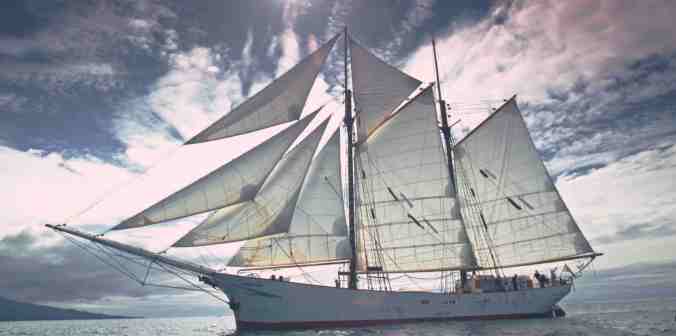
Our Story
Over the course of 20 years working in the maritime industry Cornelius Bockermann witnessed first hand how humans adversely affect our environment. He knew something had to change. In 2013, he moved with his family to Cairns and shipped all their possessions from Germany to their new home in Australia. Through the process of shipping his own goods he experienced the disconnect between commerce and environmental preservation. Upon learning of plans to expand fossil fuel based shipping along the Queensland coast and amongst the Great Barrier Reef he knew he had to act. The question became how do you offer businesses and consumers a sustainable option in shipping?
Cargo Under Sail is the answer and the Dutch schooner named the AVONTUUR is the vessel to start it.
We are a passionate collective of individuals working to create a supply chain that merges the relationship between commerce and preservation. We are restless and can no longer wait for others to make a change.
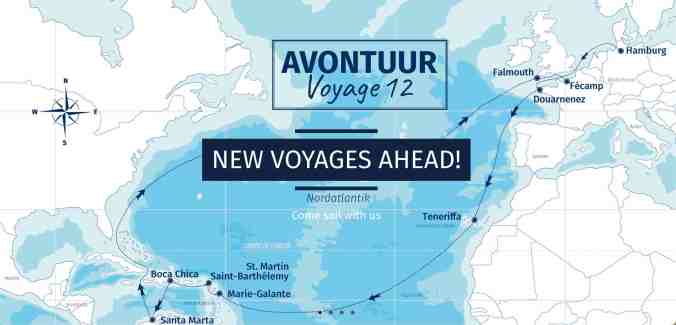
Our Mission Zero
To eliminate pollution caused by shipping cargo.
We have a five-stage approach:
1. Raise Awareness about the environmental destruction caused by the shipping industry
2. Model a clean shipping future with our AVONTUUR
3. Sell premium AVONTUUR products to support the ongoing operation of the project.
4. Establish a demand for products shipped by sail
5. Build a modern sail cargo fleet
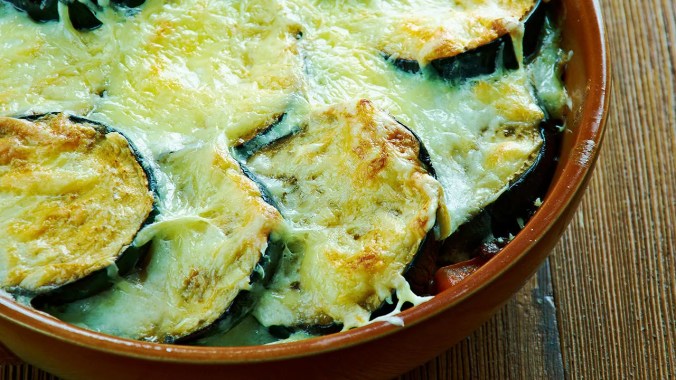


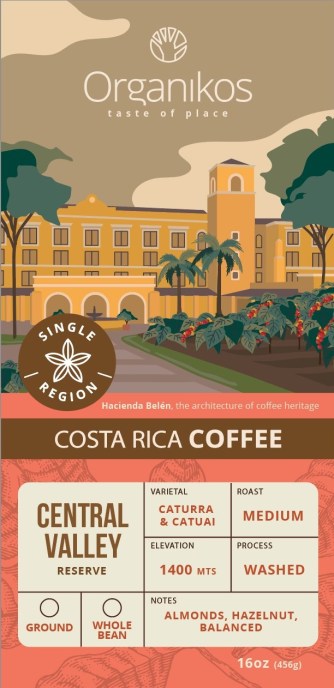
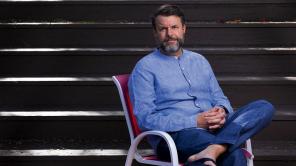
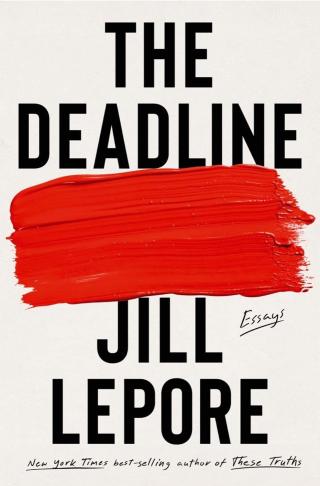



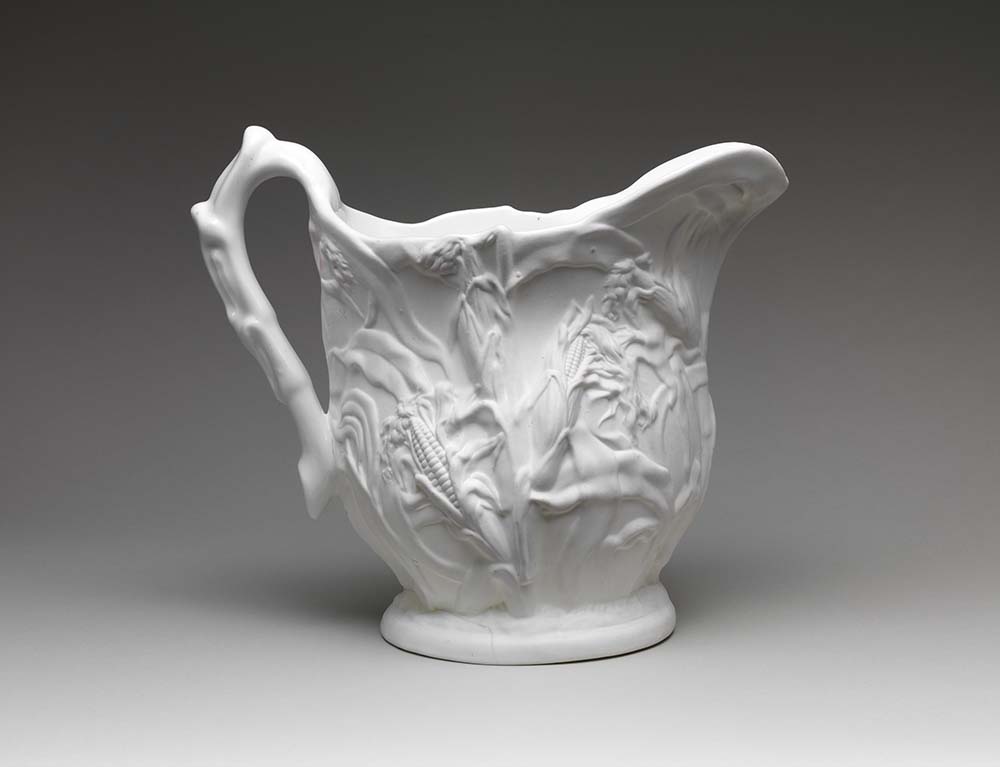
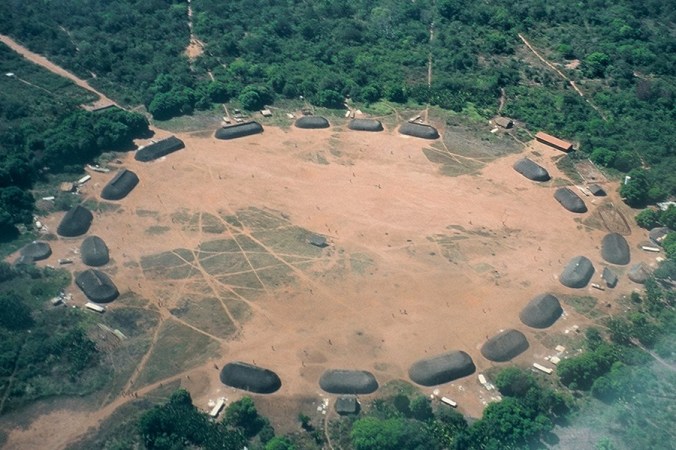
 Among topics I would
Among topics I would 



